If you are looking for an exercise that can help you improve your core strength, then Russian twists may be the perfect choice for you. This exercise targets several muscles in your abdominal area and can help you achieve a stronger, more toned midsection. In this article, we will discuss the muscles worked during Russian twists and how to perform this exercise correctly.
What are Russian Twists?
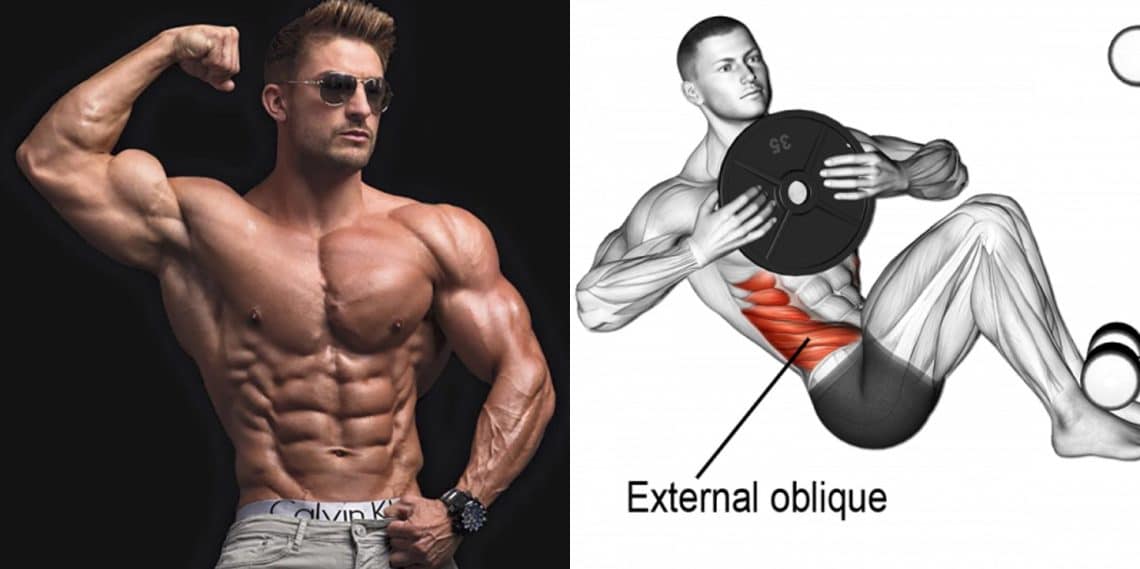
Russian twists are a form of exercise that targets the obliques, rectus abdominis, and transverse abdominis muscles. This exercise involves twisting your torso from side to side while holding a weight or medicine ball. Russian twists can be performed using bodyweight only, but adding a weight or medicine ball can increase the resistance and intensify the workout.
Obliques

The obliques are the muscles that run along the sides of your waist. They help to rotate your torso and are responsible for lateral flexion of the spine. Russian twists are an effective way to target the obliques, as the twisting motion engages these muscles and helps to strengthen and tone them.
Rectus Abdominis
/86-3120067-Seated-Oblique-twists-GIF-75816d0fb4c94494b254483a1fe1e365.gif)
The rectus abdominis, also known as the "six-pack" muscle, is located in the front of your abdomen. This muscle is responsible for flexing the spine and is often the focus of abdominal exercises. Russian twists can help to target the rectus abdominis, as the twisting motion engages this muscle and helps to strengthen and tone it.
Transverse Abdominis

The transverse abdominis is a deep muscle that is located beneath the rectus abdominis. This muscle helps to stabilize the spine and plays a key role in core stability. Russian twists can help to target the transverse abdominis, as the twisting motion engages this muscle and helps to strengthen and tone it.
How to Perform Russian Twists

To perform Russian twists, follow these steps:
- Begin by sitting on the floor with your knees bent and your feet flat on the ground.
- Hold a weight or medicine ball with both hands and extend your arms in front of you.
- Engage your core and lean back slightly, keeping your back straight.
- Twist your torso to the right, bringing the weight or medicine ball to your right side.
- Pause briefly, then twist your torso to the left, bringing the weight or medicine ball to your left side.
- Repeat for the desired number of repetitions.
Tips for Performing Russian Twists
Here are some tips to help you perform Russian twists correctly:
- Keep your back straight and your core engaged throughout the exercise.
- Focus on twisting from your waist, not your shoulders.
- Use a weight or medicine ball that is challenging but allows you to maintain proper form.
- Breathe in as you twist to one side, and exhale as you twist to the other side.
Variations of Russian Twists
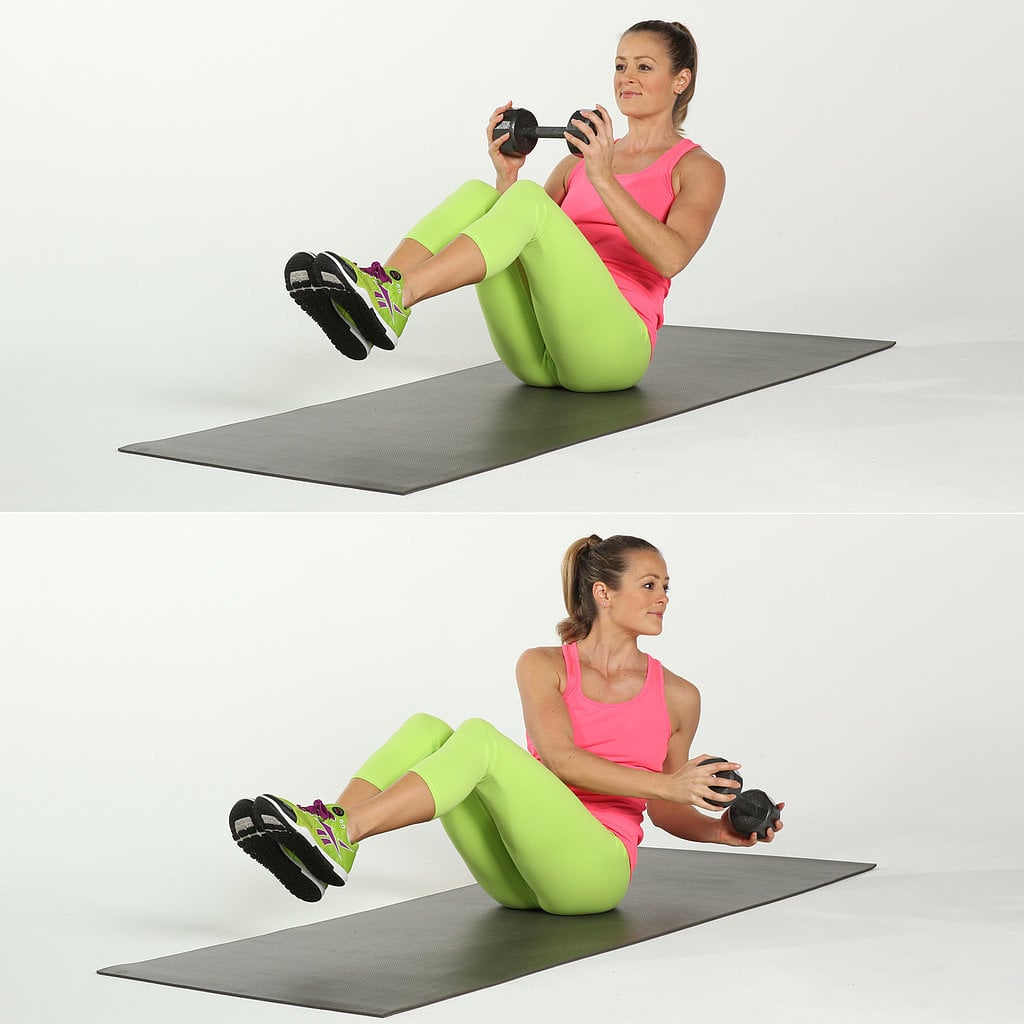
There are several variations of Russian twists that you can try to add variety to your workout:
- One-arm Russian twists: Hold a weight or medicine ball with one hand and twist from side to side.
- Feet elevated Russian twists: Elevate your feet off the ground to engage your core more deeply.
- Weight plate Russian twists: Hold a weight plate instead of a medicine ball to increase the resistance.
Conclusion
Russian twists are a great exercise for targeting the obliques, rectus abdominis, and transverse abdominis muscles. By adding this exercise to your workout routine, you can help to strengthen and tone your core muscles, improve your posture, and reduce your risk of injury. Remember to perform this exercise correctly and use proper form to maximize its benefits.
Related video of Russian Twists Muscles Worked
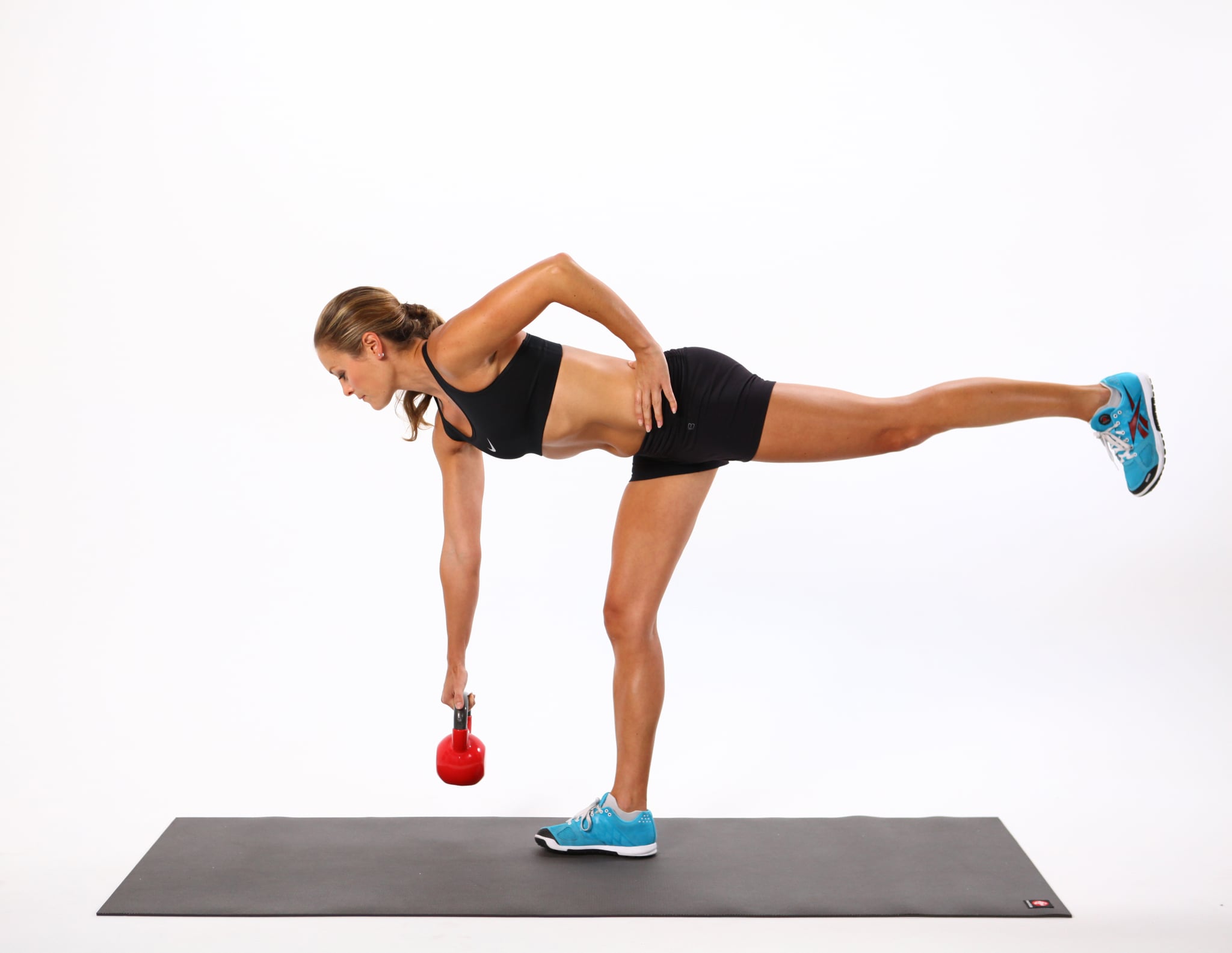
If you are looking to improve your lower body strength, then the single leg kettlebell deadlift is an exercise you should definitely consider. This exercise targets your glutes, hamstrings, lower back, and core muscles, helping you to build strength and stability in your legs.
How to Perform a Single Leg Kettlebell Deadlift
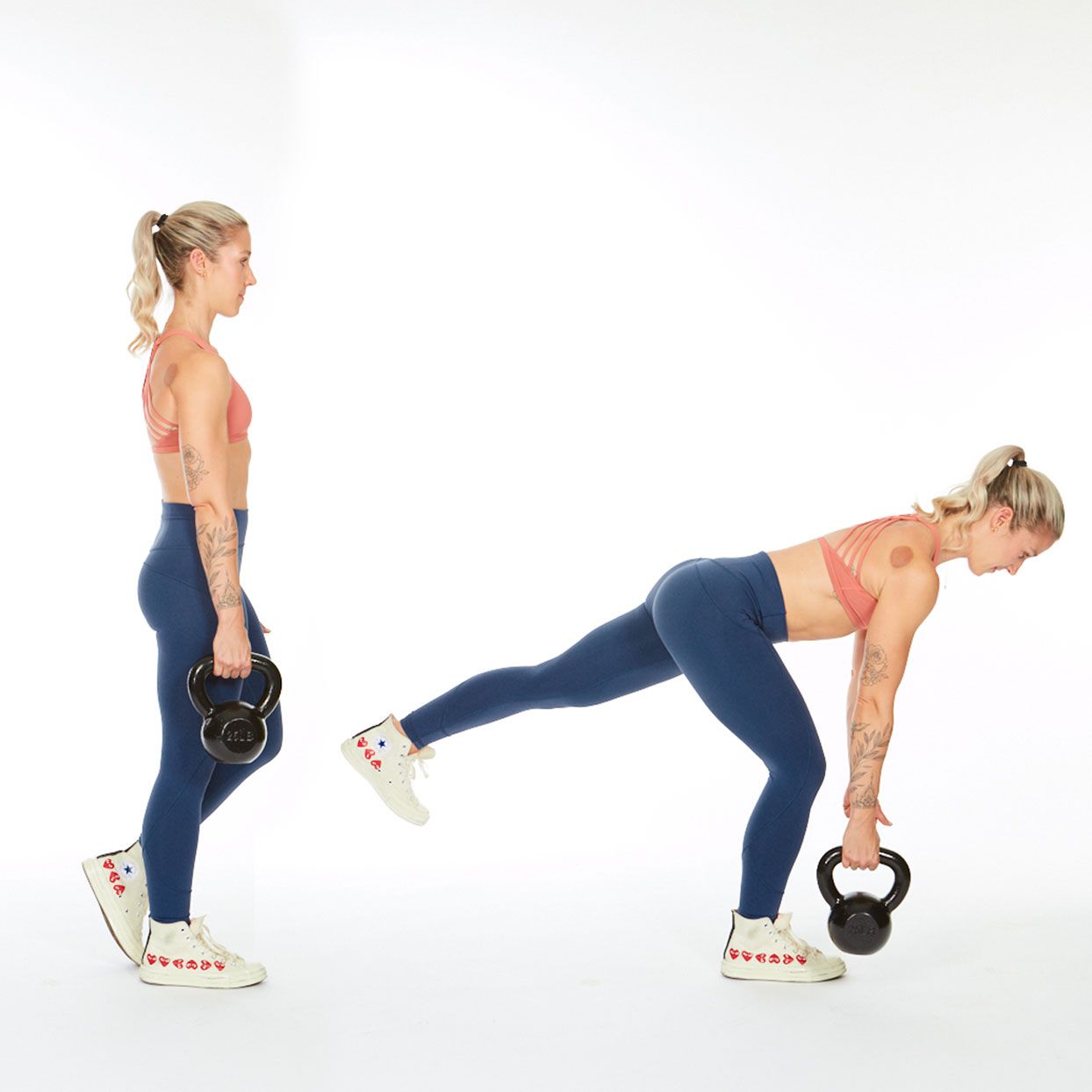
To perform a single leg kettlebell deadlift, start by standing with your feet hip-width apart and holding a kettlebell in one hand. Lift one leg off the ground and hinge forward at the hips, keeping your back straight and your weight on your standing leg. Lower the kettlebell towards the ground, then return to standing position. Repeat for several reps, then switch sides and repeat.
Tips for Perfecting Your Form
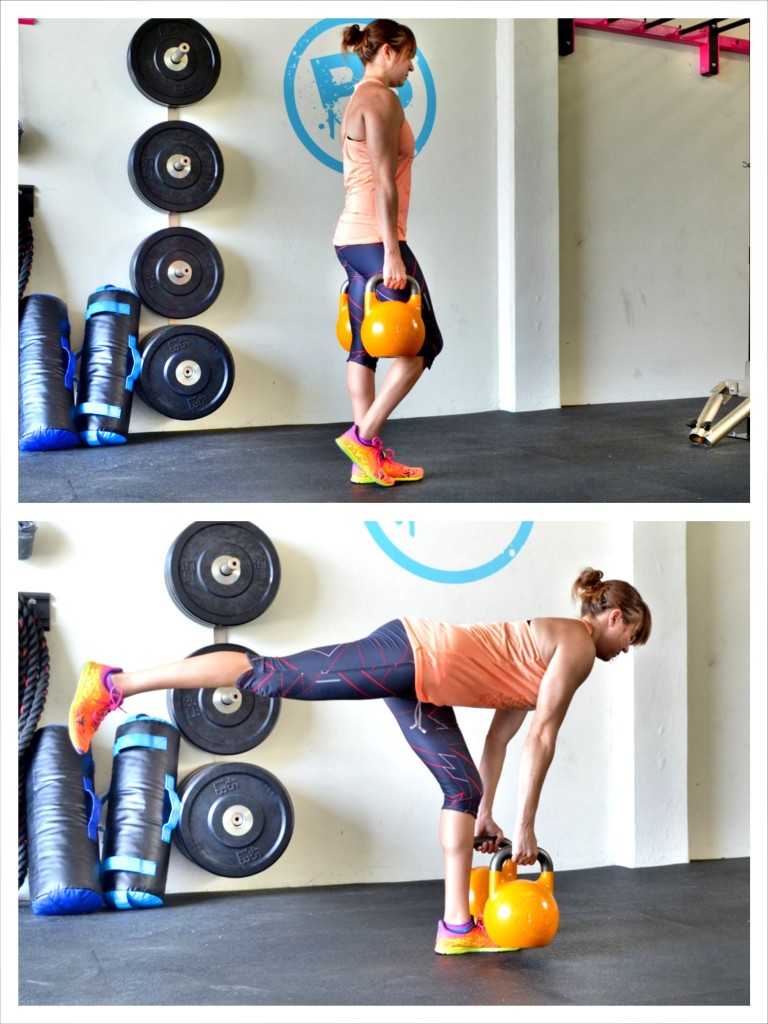
When performing a single leg kettlebell deadlift, it's important to maintain good form to avoid injury and get the most out of the exercise. Here are some tips to help you perfect your form:
- Keep your back straight and your hips level throughout the exercise.
- Engage your core muscles to help stabilize your body and maintain good posture.
- Focus on pushing through your standing foot to lift yourself back up.
- Use a lighter kettlebell if you are new to the exercise or have trouble maintaining good form.
Variations of the Single Leg Kettlebell Deadlift
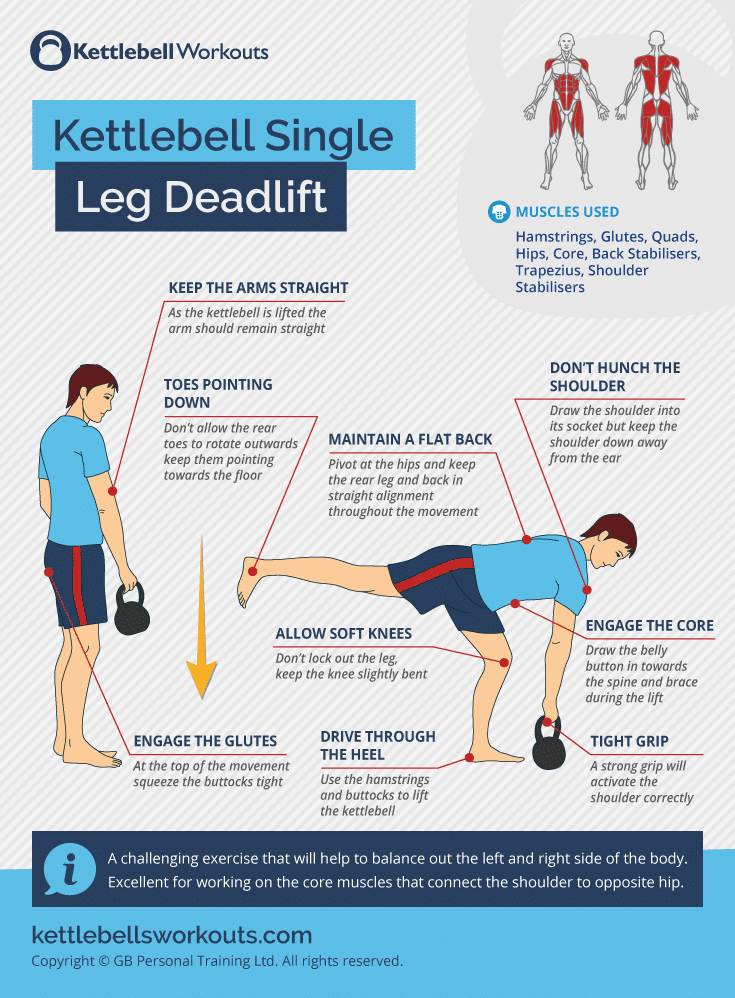
There are several variations of the single leg kettlebell deadlift that you can try to add variety to your workout routine:
- Single Leg Kettlebell Deadlift with a Pulse: After lowering the kettlebell towards the ground, pulse up and down a few times before returning to standing position.
- Single Leg Kettlebell Deadlift with a Row: Perform a row with the kettlebell after lifting yourself back up from the deadlift.
- Single Leg Kettlebell Deadlift with a Reverse Lunge: After lifting yourself back up from the deadlift, step back into a reverse lunge with the same leg that you just lifted.
Benefits of the Single Leg Kettlebell Deadlift

The single leg kettlebell deadlift offers several benefits for your lower body strength and overall fitness:
- Targets multiple muscle groups at once, including your glutes, hamstrings, lower back, and core.
- Improves balance and stability in your legs.
- Increases strength and power in your legs for improved athletic performance.
- Can be easily modified to suit your fitness level and goals.
Incorporating the Single Leg Kettlebell Deadlift into Your Workout

The single leg kettlebell deadlift can be incorporated into your workout routine in several ways:
- As a standalone exercise for lower body strength and stability.
- As part of a full body kettlebell workout, alternating between single leg deadlifts and other kettlebell exercises.
- As part of a circuit training workout, alternating between single leg deadlifts and other exercises to improve overall fitness and endurance.
Conclusion
The single leg kettlebell deadlift is a challenging yet effective exercise for improving your lower body strength, balance, and stability. By following the tips and variations outlined in this article, you can perfect your form and get the most out of this exercise for your fitness goals.
Related video of Single Leg Kettlebell Deadlift: A Complete Guide to Perfect Your Form

If you are looking for a way to improve your upper body flexibility, relieve muscle tension, and reduce soreness, then a foam roller may be just what you need. Foam rollers are affordable, easy to use, and highly effective in helping you achieve your fitness goals.
What is a Foam Roller?

A foam roller is a cylindrical-shaped piece of foam that is used for self-myofascial release (SMR) or self-massage. SMR is a technique that helps to break up trigger points or knots in the muscles and fascia, which can cause pain and restrict movement. By using a foam roller, you can apply pressure to these trigger points and release the tension, which can lead to improved flexibility, range of motion, and performance.
Benefits of Using a Foam Roller for Upper Body
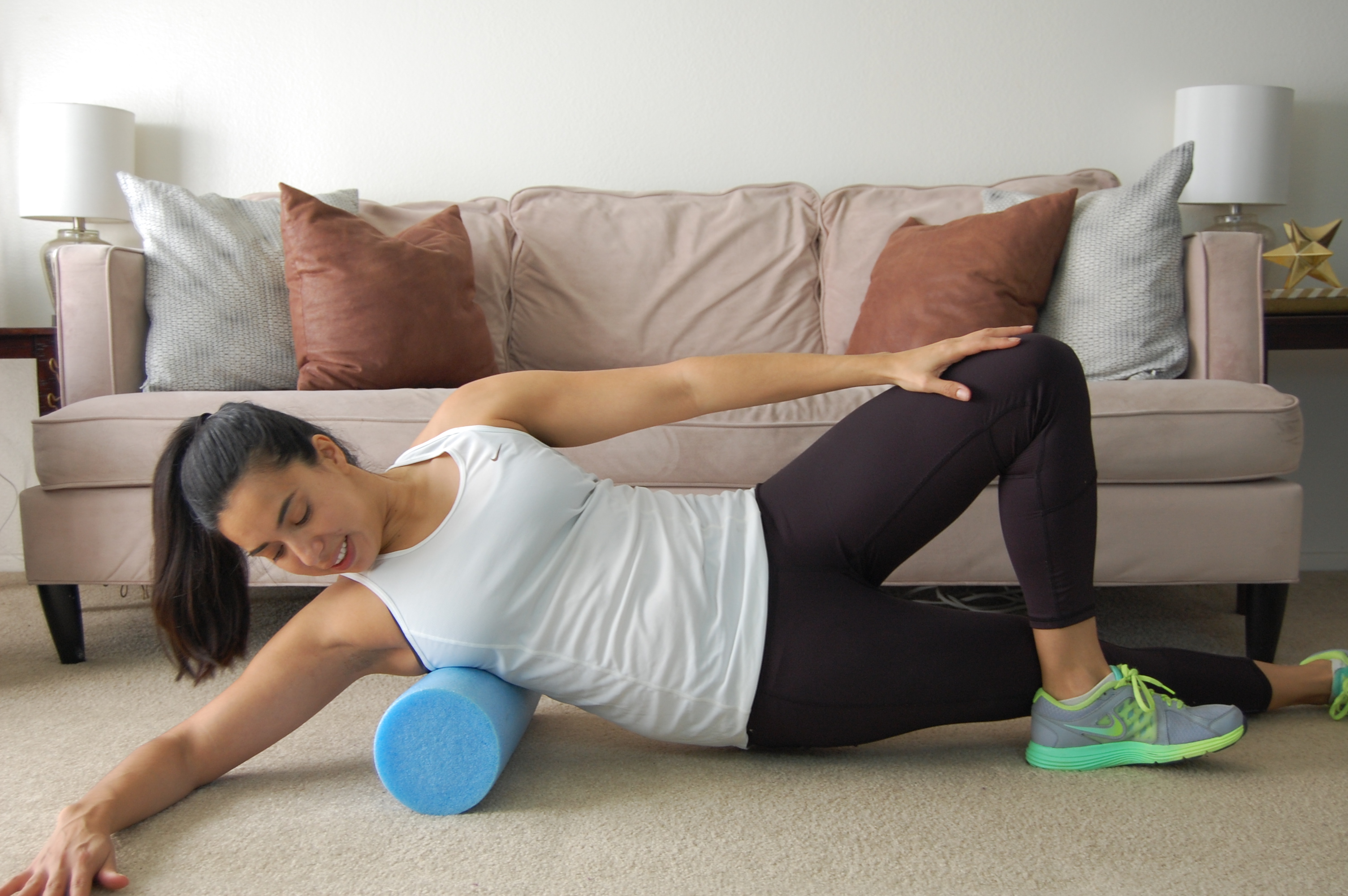
Using a foam roller on your upper body can provide a number of benefits, including:
- Relieving muscle tension and soreness
- Improving flexibility and range of motion
- Reducing the risk of injury
- Enhancing posture and alignment
- Increasing blood flow and circulation
How to Use a Foam Roller for Upper Body
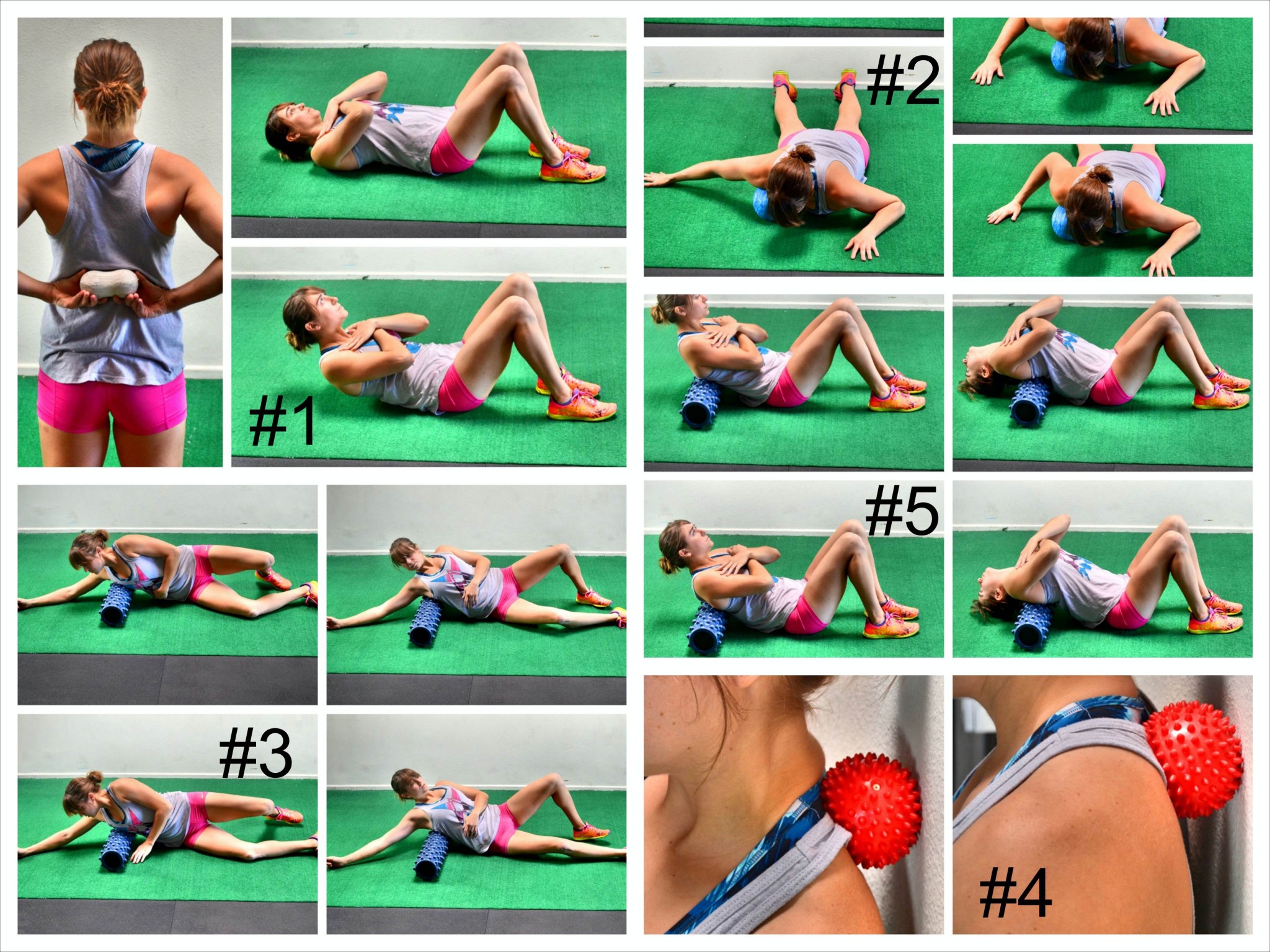
There are a variety of foam roller exercises that you can do to target different areas of the upper body, including the back, shoulders, chest, and arms. Here are a few examples:
- Upper Back Roll: Sit on the floor with your knees bent and feet flat on the ground. Place the foam roller under your upper back, and gently roll back and forth to target the muscles between your shoulder blades.
- Lateral Shoulder Roll: Lie on your side with the foam roller under your shoulder. Roll back and forth to target the muscles along the side of your shoulder.
- Chest Opener: Lie on your back with the foam roller under your upper back. Extend your arms out to the sides, and allow your chest to open up as you roll back and forth.
- Tricep Roll: Sit on the floor with the foam roller behind you. Place one hand on the roller and the other hand on the floor behind you. Roll back and forth to target the muscles in your triceps.
Tips for Using a Foam Roller Safely

While foam rolling can be highly beneficial, it's important to use it safely to avoid injury. Here are a few tips to keep in mind:
- Start slowly and gradually increase the intensity of your foam rolling over time.
- Don't roll directly over joints or bones.
- Avoid rolling over areas that are injured or painful.
- Breathe deeply and relax your muscles as you roll.
- Drink plenty of water before and after foam rolling to help flush out toxins.
Conclusion
A foam roller can be a valuable tool for improving your upper body flexibility, reducing muscle tension, and enhancing your overall fitness. By incorporating foam rolling into your workout routine, you can help prevent injuries, improve your posture, and feel better both physically and mentally.
Related video of Foam Roller For Upper Body

Cable row straight bar is one of the most effective exercises for building upper body strength, particularly for the back and shoulders. This exercise involves a weight stack and a straight bar attached to a cable. By pulling the straight bar towards your body, you engage your back muscles, while also working your biceps and forearms.
How to Perform Cable Row Straight Bar

To perform cable row straight bar, follow these steps:
- Attach the straight bar to the cable and adjust the weight stack according to your fitness level.
- Stand in front of the cable machine with your feet shoulder-width apart and your knees slightly bent.
- Grasp the straight bar with an overhand grip, keeping your hands shoulder-width apart.
- Keeping your back straight, pull the straight bar towards your body, squeezing your shoulder blades together as you do so.
- Hold the position for a second or two, then slowly release the bar back to the starting position.
- Repeat for the desired number of repetitions.
Variations of Cable Row Straight Bar

There are several variations of cable row straight bar that you can try to add variety to your workout:
- Close-Grip Cable Row: Use a close grip on the straight bar to target your inner back muscles.
- Wide-Grip Cable Row: Use a wider grip on the straight bar to target your outer back muscles.
- Reverse-Grip Cable Row: Use an underhand grip on the straight bar to target your biceps and forearms.
- Single-Arm Cable Row: Use one arm at a time to target each side of your back.
Tips for Cable Row Straight Bar

To get the most out of cable row straight bar, follow these tips:
- Keep your back straight and your chest up throughout the exercise.
- Squeeze your shoulder blades together as you pull the straight bar towards your body.
- Don't use momentum to move the weight. Control the movement throughout the exercise.
- Exhale as you pull the straight bar towards your body, and inhale as you release it back to the starting position.
Benefits of Cable Row Straight Bar

There are several benefits of cable row straight bar:
- Strengthens your upper back muscles, which helps improve your posture and reduce the risk of injury.
- Burns calories and helps you lose weight by increasing your heart rate.
- Improves grip strength and forearm muscles.
- Helps improve your overall upper body strength and fitness level.
Conclusion
Cable row straight bar is an effective exercise for building upper body strength, particularly for the back and shoulders. By following the correct form and incorporating variations into your workout, you can get the most out of this exercise and improve your overall fitness level.
Related video of Cable Row Straight Bar

Superman is one of the most iconic superheroes in the world. He has been around for over 80 years and has become a symbol of hope and justice for many people. But what does Superman actually do? In this article, we will take a closer look at Superman's work and how he uses his powers to make the world a better place.
The Man of Steel

Superman's most well-known power is his incredible strength. He is able to lift objects that weigh thousands of tons and can even move planets if he needs to. This power allows him to do things that no one else can, such as saving people from collapsing buildings or stopping a runaway train.
Superman's strength is not his only power, however. He is also incredibly fast and can move at speeds that are faster than the speed of sound. This allows him to travel around the world in just a few seconds and to react quickly to any danger that he encounters.
The Protector of Metropolis

Superman's main job is to protect the city of Metropolis from any threats that may arise. This includes everything from natural disasters to supervillains who want to take over the city. Superman is always on the lookout for danger and is ready to spring into action at a moment's notice.
Superman's job as a protector is not just limited to physical threats, however. He also works to protect the people of Metropolis from political corruption and other forms of injustice. He is a symbol of hope for the people of the city and inspires them to stand up for what is right.
The Defender of Truth and Justice

Superman is often referred to as the "defender of truth and justice." This is because he always seeks to do what is right and to uphold the values that are important to him. He is a beacon of hope in a world that can often seem dark and hopeless.
Superman's commitment to truth and justice is not just limited to his work in Metropolis. He also works to promote these values on a global scale, using his powers to help people in other parts of the world who are in need.
The Friend of Humanity

One of Superman's most important roles is as a friend to humanity. He is always looking for ways to help people and to make their lives better. Whether it is by saving them from danger or by using his powers to create new technologies that can benefit everyone, Superman is always there for the people of Earth.
Superman's friendship with humanity is also reflected in his secret identity as Clark Kent. As Clark, he works as a reporter for the Daily Planet, where he is able to use his skills as a journalist to shine a light on issues that affect people's lives. He is a voice for the voiceless and a champion for the underdog.
The Legacy of Superman

Superman's work has had a profound impact on the world. He has inspired countless people to stand up for what is right and to help others in need. His legacy will continue to live on for generations to come, as new superheroes are inspired by his example.
Superman's work also serves as a reminder that each of us has the power to make a difference in the world. Whether we are fighting against injustice or simply helping those around us, we can all be superheroes in our own way.
Conclusion
Superman's work is varied and far-reaching. He is a protector, a defender, a friend, and a symbol of hope. His work serves as an inspiration to us all, reminding us of the importance of standing up for what is right and helping those in need.
Related video of What Do Superman's Work
Working out your chest and triceps can be challenging, but with the right exercises, you can achieve your goals. If you want to tone your chest and triceps, incorporating cable workouts into your routine can be an excellent option. Here is a step-by-step guide to a chest and tricep cable workout.
1. Cable Chest Flyes

The cable chest flyes exercise targets the chest muscles and gives them a good stretch. To perform this exercise, stand in the center of the cable machine and grab the handles with your hands. Step forward and create tension in the cables. Slowly bring your hands together in front of your chest, squeezing your chest muscles, and then release them slowly.
2. Cable Crossovers

Cable crossovers work the chest muscles and give them a good stretch. To perform this exercise, stand in the center of the cable machine and grab the handles with your hands. Step forward and create tension in the cables. Slowly cross your hands in front of your chest, squeezing your chest muscles, and then release them slowly.
3. Tricep Pushdowns

Tricep pushdowns work the tricep muscles, which are located at the back of your arm. To perform this exercise, stand in front of the cable machine and grab the handle with your hands. Keep your elbows close to your body and push the handle down, squeezing your tricep muscles, and then release them slowly.
4. Cable Overhead Press
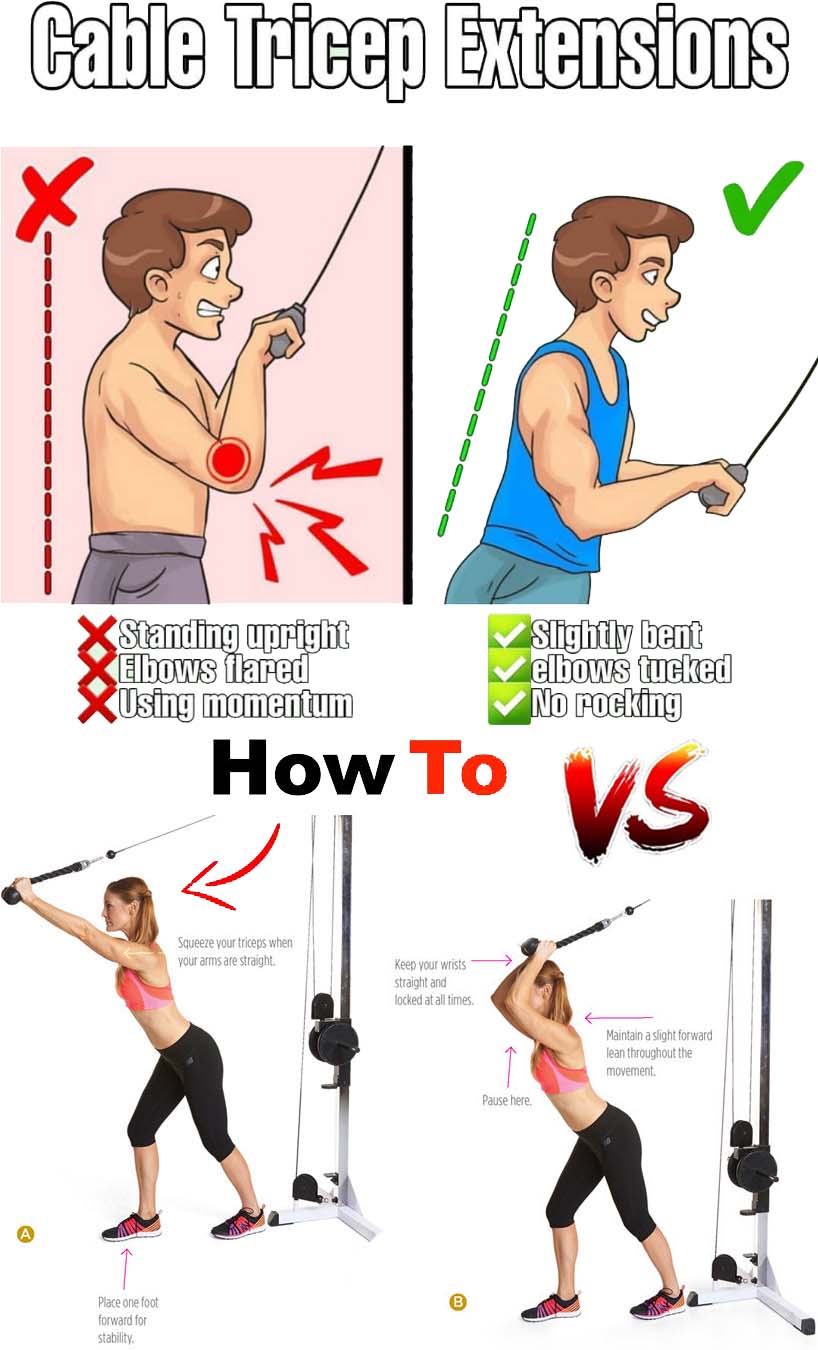
The cable overhead press exercise targets your triceps and shoulders. To perform this exercise, stand in the center of the cable machine and grab the handles with your hands. Step forward and create tension in the cables. Bring the handles over your shoulders, and then push them over your head, squeezing your tricep muscles, and then release them slowly.
5. Cable Skull Crushers

Cable skull crushers target your triceps and give them a good stretch. To perform this exercise, stand in front of the cable machine and grab the handle with your hands. Keep your elbows close to your body and bring the handle over your head, squeezing your tricep muscles, and then release them slowly.
6. Cable Rope Pushdowns
Cable rope pushdowns target your triceps and are an excellent exercise for building arm strength. To perform this exercise, stand in front of the cable machine and grab the rope with your hands. Keep your elbows close to your body and push the rope down, squeezing your tricep muscles, and then release them slowly.
Conclusion
By incorporating these cable exercises into your workout routine, you can target your chest and tricep muscles effectively. Remember to warm up before starting your workout and to cool down afterward. It's also essential to use proper form and technique to avoid injury. With consistent effort and dedication, you can achieve your fitness goals and build a strong and toned chest and triceps.
Related video of Chest And Tricep Cable Workout
Side leg raises are a simple yet effective exercise that targets the hips, thighs, and glutes. This exercise involves lifting one leg to the side while standing or lying down. It is a low-impact exercise that can be done by people of all fitness levels. In this article, we will discuss the benefits of incorporating side leg raises into your workout routine.

1. Strengthens Hip Muscles
Side leg raises are an excellent exercise for strengthening the hip abductor muscles, which are located on the outer side of your hip. These muscles are responsible for moving your leg away from your body. Strengthening these muscles can help improve your balance and stability.

2. Tones Inner Thighs
Side leg raises also target the inner thigh muscles, which are often neglected in other exercises. Toning these muscles can help create a more defined and toned appearance in your legs.

3. Improves Flexibility
Side leg raises can help improve your flexibility by stretching the hip adductor muscles, which are located on the inner side of your hip. These muscles are responsible for moving your leg towards your body. Stretching these muscles can help improve your range of motion and prevent injuries.
4. Enhances Core Stability
Side leg raises also engage your core muscles, which help stabilize your body during the exercise. A strong core can help improve your posture and prevent back pain.
5. Low-Impact Exercise
Side leg raises are a low-impact exercise, which means they are gentle on your joints. This makes them an excellent exercise for people who are recovering from injuries or have joint problems.
6. Easy to Do Anywhere
Side leg raises can be done anywhere, without any equipment. You can do them at home, at the gym, or even at the office. All you need is a little bit of space.

7. Increases Metabolism
Side leg raises can help increase your metabolism, which is the rate at which your body burns calories. This can help you lose weight and maintain a healthy weight.
8. Improves Circulation
Side leg raises can help improve circulation in your legs, which can help reduce the risk of varicose veins and other circulatory problems.

9. Enhances Athletic Performance
Side leg raises can help improve your athletic performance by strengthening the muscles that are used in various sports, such as running, jumping, and skating.
10. Boosts Confidence
Side leg raises can help boost your confidence by toning and shaping your legs. When you feel good about your body, you feel more confident in yourself and your abilities.
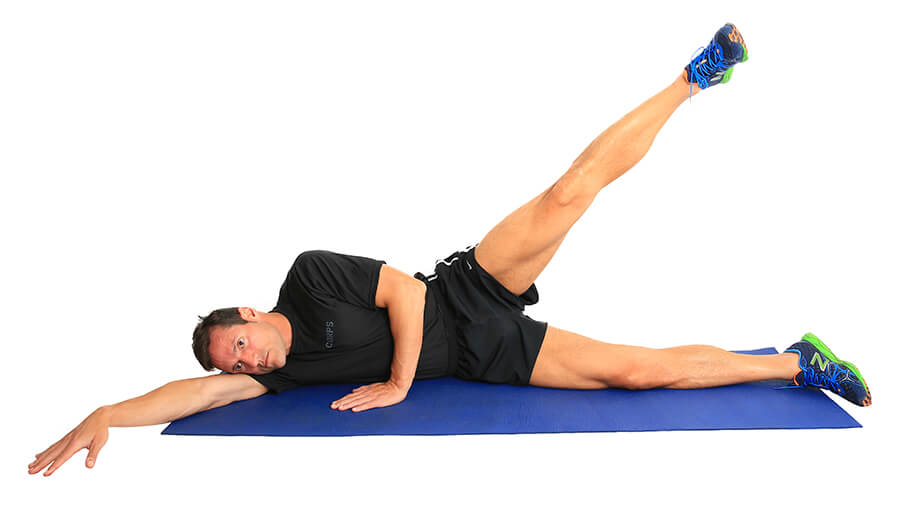
11. Increases Bone Density
Side leg raises can help increase your bone density, which is important for preventing osteoporosis and other bone-related diseases.

12. Reduces Risk of Injury
Side leg raises can help reduce the risk of injury by strengthening the muscles around your hips and thighs. This can help support your joints and prevent injuries, such as sprains and strains.
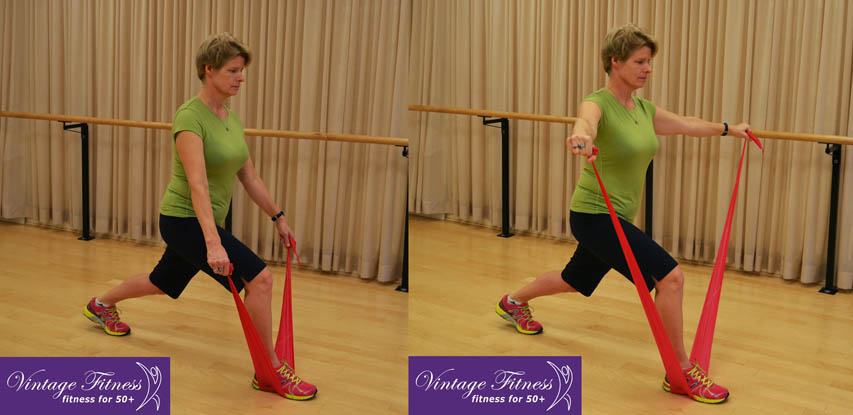
13. Improves Posture
Side leg raises can help improve your posture by strengthening your core muscles and the muscles in your hips and thighs. Good posture can help reduce the risk of back pain and other posture-related problems.

14. Easy to Modify
Side leg raises are easy to modify to make them more challenging or less challenging, depending on your fitness level. You can do them with ankle weights or resistance bands to make them more challenging, or you can do them on a mat to make them less challenging.

15. Fun and Enjoyable
Side leg raises are a fun and enjoyable exercise that can be done alone or with a group. You can vary the speed and intensity of the exercise to make it more interesting and challenging.
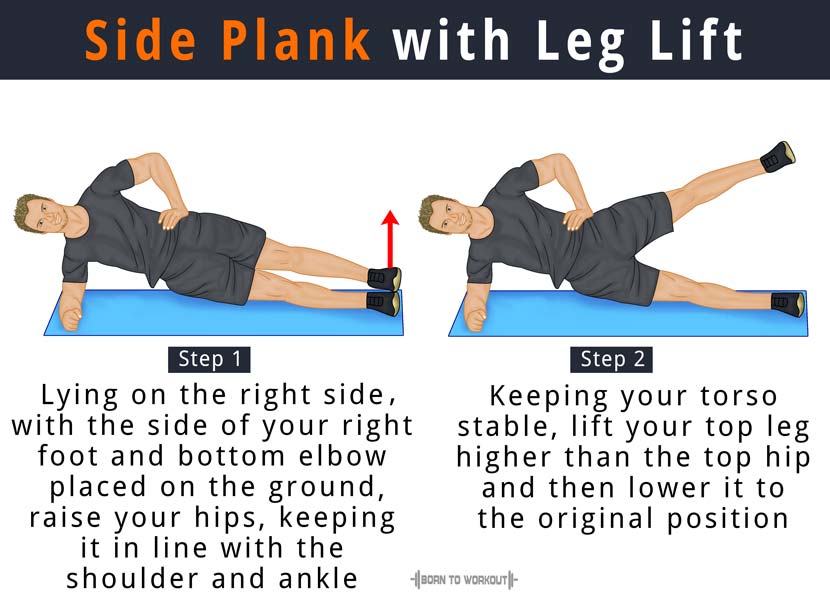
In conclusion, side leg raises are a simple yet effective exercise that can provide a wide range of benefits for your body and overall health. By incorporating this exercise into your workout routine, you can improve your strength, flexibility, balance, and posture, while also reducing the risk of injury and enhancing your athletic performance.
Related video of Benefits Of Side Leg Raises
ads
Search This Blog
Blog Archive
- December 2022 (19)
- November 2022 (29)
- October 2022 (32)
- September 2022 (30)
- August 2022 (31)
- July 2022 (30)
- June 2022 (31)
- May 2022 (31)
- April 2022 (29)
- March 2022 (13)
About Me
